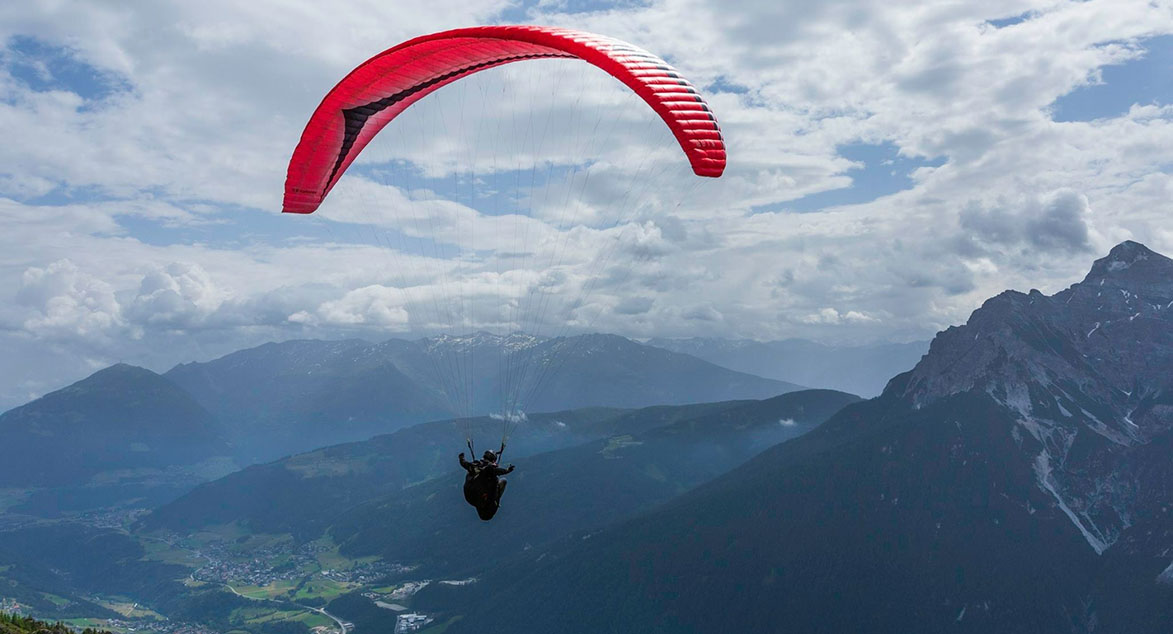Paragliding Equipment and Its Operation

Paragliding, a thrilling adventure in the skies, relies on specialised gear designed for safety and performance. Let’s delve into the essential components and how they work together:
- Paraglider Wing: The paraglider wing is the core element, resembling a large, lightweight fabric wing. Featuring multiple cells that trap air for lift, the wing’s shape and profile are pivotal for stability and optimal flight performance.
- Lines and Risers: Connecting the pilot’s harness to the paraglider wing, the lines and risers play a crucial role. These meticulously arranged lines, attached to the risers, enable the pilot to control the paraglider’s pitch, roll, and yaw, influencing its behavior in the air.
- Harness: Serving as the pilot’s seat during flight, the harness connects to the paraglider wing via the lines and risers. Modern harnesses prioritise comfort, offering support during takeoff and landing. Some harnesses also come equipped with additional features like pockets for added convenience.
- Reserve Parachute: Safety is paramount in paragliding, with the reserve parachute being a critical component. In emergencies, such as a malfunctioning main wing, deploying the reserve parachute ensures a controlled descent and a safe landing.
- Helmet: Wearing a helmet is non-negotiable, providing essential protection for the pilot’s head in case of falls or collisions. It adds an extra layer of safety, especially during unforeseen turbulence or changes in flight conditions.
Comprehending the functionality of each gear component and ensuring regular maintenance is fundamental for a secure and enjoyable paragliding experience. Pilots undergo training to master the skills necessary for effective paraglider control and response to diverse situations, ensuring a safe and exhilarating adventure in the skies.

Comments are closed.